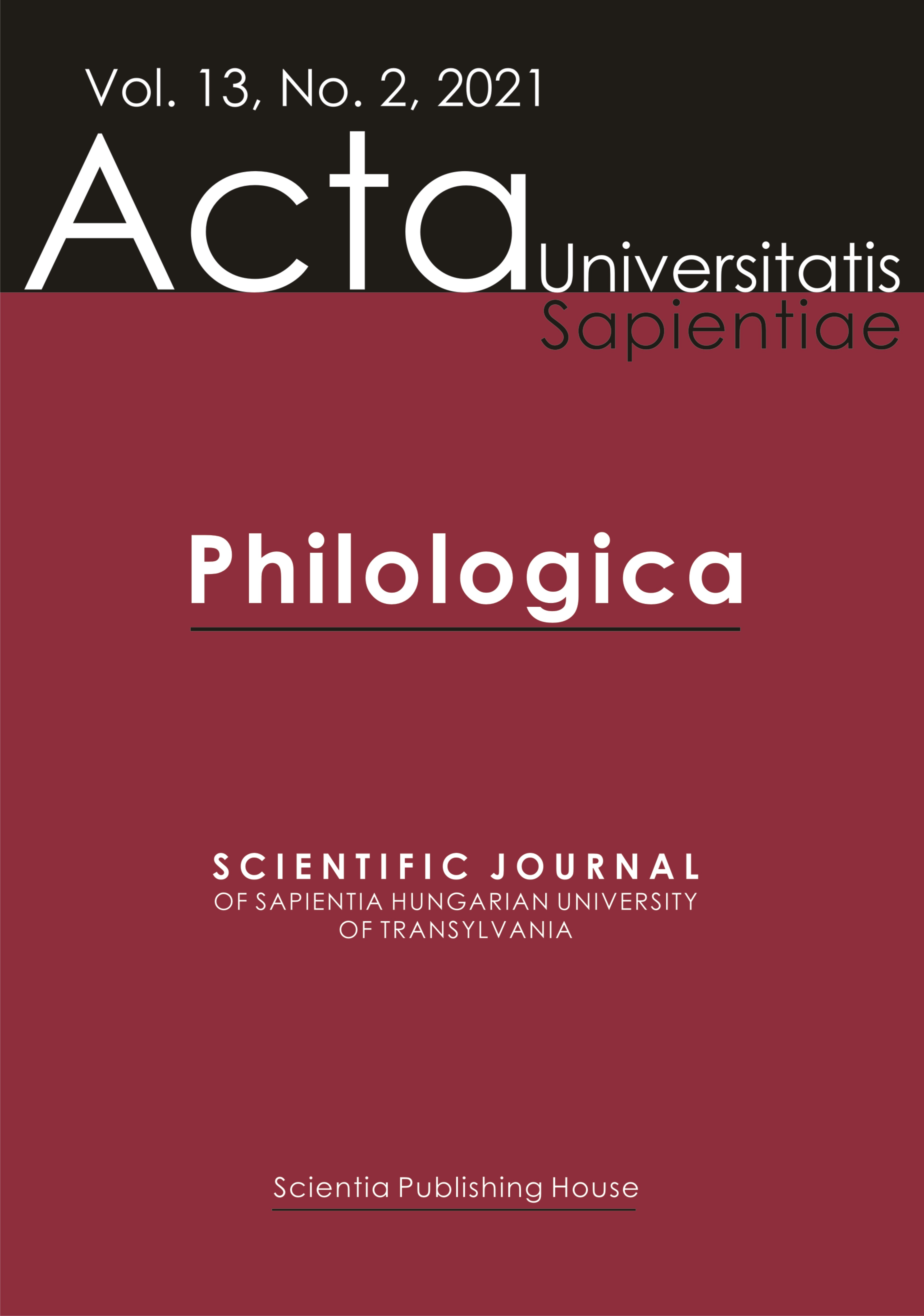Changes in the Classroom Discourse: Negative Politeness and Impoliteness
Changes in the Classroom Discourse: Negative Politeness and Impoliteness
Author(s): Mihaela BeschieruSubject(s): Pragmatics
Published by: Scientia Kiadó
Keywords: classroom discourse; negative politeness; impoliteness; power relations;
Summary/Abstract: The paper focuses on changes identified in the classroom discourse in terms of the teacher–student relations. While traditional classroom relations relied on teacher’s authority and control in the classroom, the current situation indicates a shift in the power relations existing in the class. The paper aims to analyse some of these changes by studying politeness and ways of expressing negative politeness and impoliteness. It starts by defining politeness as conflict-free communication, and then moves to negative politeness and impoliteness, applying these two concepts in the interpretation of the classroom discourse. The data used for the analysis were collected during English and history classes in a high school in Romania.The paper draws on Penelope Brown and Stephen Levinson’s (1987 [1978]) concept of negative politeness and on Derek Bousfield’s (2008) impoliteness theory. The data reveal that the most common negative politeness strategies in the classroom discourse use indirect speech acts, questions and hedges, minimizing the imposition and impersonalizing. I argue that while teachers use mainly politeness strategies, students use impoliteness strategies as a way of claiming power. Thus, they can be disruptive and show lack of interest; they interrupt or take the floor at a wrong time; they sometimes dismiss, contest, or refuse the teacher’s indications and often challenge the teacher’s authority; at times, they are also rude towards their own peers in trying to demonstrate their superiority.
Journal: Acta Universitatis Sapientiae, Philologica
- Issue Year: 13/2021
- Issue No: 2
- Page Range: 37-54
- Page Count: 18
- Language: English

